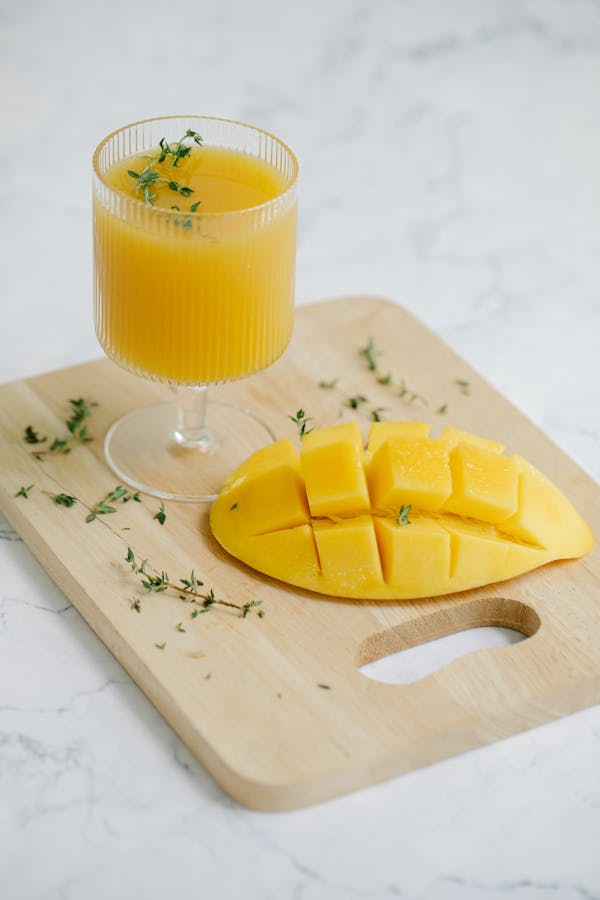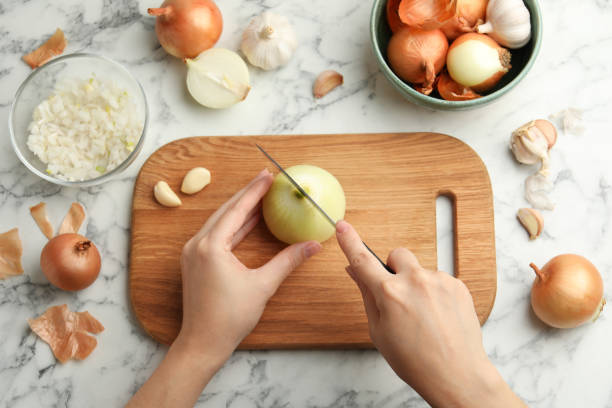Wooden chopping boards are a wise investment for any home. They are more hygienic, durable and environmentally friendly than their plastic counterparts.
Look for tough woods such as black walnut and acacia. Acacia also has natural antibacterial properties. It is important to condition your board with butcher block oil or mineral oil every month.
Comfortable
Wooden chopping boards are comfortable to use, sturdy and attractive. They make a better choice than plastic, which can be harder on your knives and can harbor bacteria in the crevices of the board.

Most wooden chopping boards come in a variety of grains and colors, adding warmth to your kitchen. They can also be used as serving platters for cheese and other appetizers when entertaining guests.
Look for a durable hardwood, such as maple, black walnut or acacia, when shopping for a chopping board. Avoid soft woods like pine, which can splinter and are too porous to hold up to serious chopping. These types of boards are susceptible to bacterial growth and dull knives more quickly. Make sure your wooden cutting board is conditioned with butcher block oil about once a month to keep it looking and performing its best.
Hygienic
Wooden chopping boards are hygienic, durable, and attractive, making them a wise kitchen investment. They are also eco-friendly compared to plastic. Plastic is non-porous and can harbor bacteria, which may then resurface when the board gets wet. Plastic boards can also develop deep grooves that make them more difficult to clean.
Avoid soft or open-grained woods, which can splinter and can take in moisture, a breeding ground for bacteria. Select hardwoods like maple, walnut, and acacia that are harder on knives.
Regular conditioning with food-grade mineral oil can help keep your chopping board in good condition and prevent it from becoming a breeding ground for bacteria. Do not use edible linseed or olive oil, as these can go rancid and impart a rancid flavor to your foods.
Durable
The best wooden chopping boards are made from materials like maple and walnut, which are durable and dense. They are also resistant to denting and scratches. Some have indentions around the edges of the board that catch stray vegetables or juices to prevent cross-contamination.
Wooden cutting boards are also hygienic and easy to clean with hot, soapy water. They can be conditioned with non toxic, food-safe oil to keep them looking new and preventing bacteria from growing in the grooves and cuts.
When choosing a wood, look for one with a high Janka hardness rating (used to test the density of a piece of wood) and is closed-grained. Open-grained woods, like pine and cedar, can splinter, absorb moisture, and harbor harmful bacteria. Avoid these woods and instead choose ones with tight, close-grained woods.
Versatile
Wooden chopping boards come in a wide range of styles and shapes. Some feature grooves that catch and contain liquid run-off for easy cleaning, tapered edges or handles for gripping and a variety of sizes to accommodate different types of food prep.

Woods with dense, closed grains like maple are a great choice because they have better resistance to knife nicks and scratches than soft or open-grained woods. They also tend to be less prone to absorb moisture, which can cause odors and harbor bacteria.
To maintain wooden chopping boards, they should be thoroughly washed and toweled down immediately after each use. Afterwards, they should be allowed to dry completely before using again. If not dried completely, the board may develop a moldy smell or become susceptible to warping and splitting.
Aesthetically Pleasing
The beauty of a wooden cutting board adds a touch of sophistication to the kitchen. Many styles are available in a range of wood colors, and some double as serving platters.
Wooden chopping boards are also an eco-friendly choice. Since they’re sourced from natural materials that are renewable and biodegradable, a wooden board can be used for years without needing to be replaced.
Wooden boards do require some extra maintenance, such as conditioning with fractionated coconut oil. This helps protect the surface and keeps it from soaking up moisture that could promote bacteria growth. It’s a quick and easy job that can be done at home and helps the board last longer. If you use your board frequently, it should be re-oiled about every six months.
